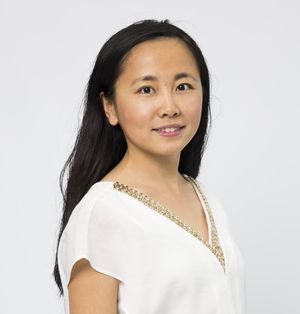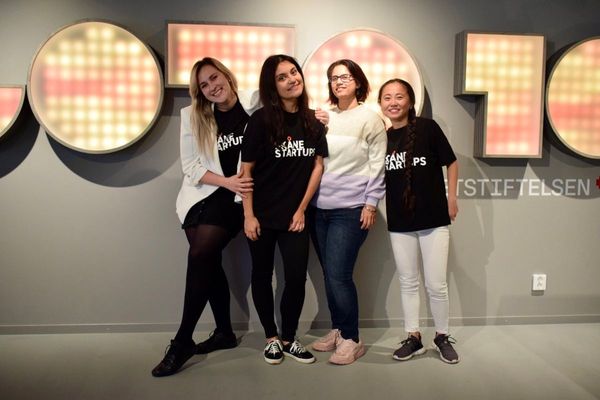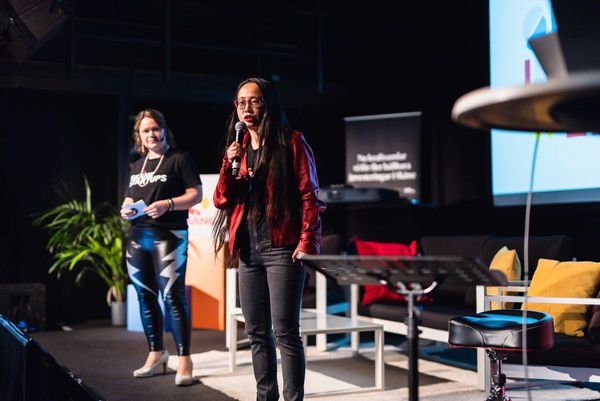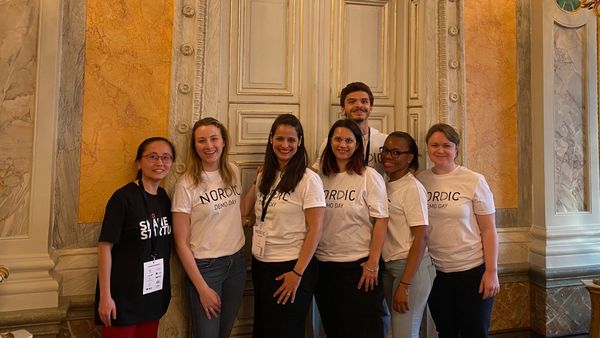Last week at our Startup Coffee Meetup in Goto 10 Malmö, we had the opportunity to engage with Freedrum CEO, George Charkviani. With a rich background in mechanical engineering and experience at major firms like Sony and Tetra Pak, George transitioned from co-founding a design and engineering agency to spearheading Freedrum. Freedrum's mission is to democratize drumming through an air drumming kit, making learning the instrument more accessible and affordable worldwide.
Key Takeaways from George Charkviani:
- Career Evolution: George's shift from the agency world to Freedrum was driven by the desire to scale a venture. He saw an opportunity to combine his lifelong passion for music with his engineering and design expertise in Freedrum, aiming to create a scalable business model in the music instrument sector.
- Intuitive Design: For beginners, Freedrum offers a more intuitive learning experience compared to traditional instruments, facilitated by virtual assistance that guides users on what and when to hit.
- Innovation in Music Learning: While Freedrum currently doesn’t offer peer-to-peer learning, it aims to foster a community where musicians can collaborate and share their creations, potentially revolutionizing how people learn and engage with music remotely.
- Accessibility and Portability: Addressing the cumbersome nature of traditional drum kits, Freedrum presents a solution that enables easy access to drum lessons, making music education more inclusive and less restrictive in terms of location and cost.
- Technology and Pedagogy: The Freedrum kit, designed to closely mimic the experience of playing a traditional drum set, is based on a pedagogical approach, digitizing the initial learning steps to make music education widely accessible.
- Challenges and Opportunities: Starting with personal investment and crowdfunding, Freedrum navigated the challenges of funding hardware startups. George emphasized the importance of demonstrating product-market fit to attract funding.
- Protecting Innovation: While patents can secure a company’s position, Freedrum prioritized market validation and brand building initially, showing that understanding demand is crucial before focusing on patent protection.
- Competitive Edge: Unlike competitors that rely on cameras and accelerometers, Freedrum uses ultrasonic technology to track drumstick positions in 3D space, offering a more flexible and realistic drumming experience.
George Charkviani’s insights underscore Freedrum's goal not just to compete within the drum kit market but to expand the musical instrument playing demographic. This vision aligns with the broader aim of making music more accessible to everyone, regardless of their location or financial situation.
Freedrum's approach to leveraging technology for music education represents a significant step forward in the online music revolution, promising a more inclusive and accessible future for aspiring musicians.
Watch the event recoding here








